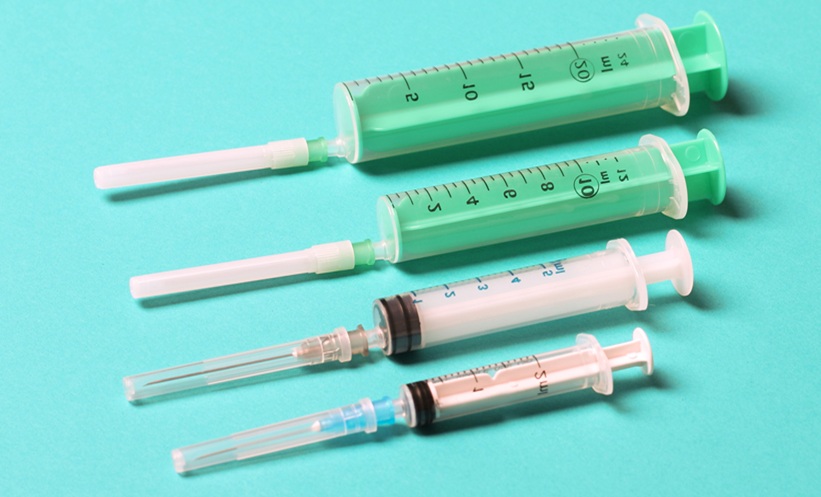The prevalence of allergy in the Western world is increasing, with 35% of women and 24% of men in Germany affected.1 It is unclear why atopic individuals have a hyper-reactive immune system and an increased risk of developing allergy, but female sex, decreased microbial exposure, and the molecular properties of the allergens are thought to be involved.2
Allergens are typically clustered by structure;3 the major allergens derived from mammals are usually lipocalins, with beta-lactoglobulin (BLG)4 being a typical example, whereas the major respiratory plant allergens commonly belong to the pathogenesis-related protein 10 (PR-10) family, with the major birch pollen allergen Bet v 1 representing its prototype. Members of both the lipocalin and the PR-10 families have very low sequence homology (often <20%) but very well-conserved structures, which provide a binding pocket for ligands.5
In previous studies, we have shown that the binding pocket of allergens can bind to siderophore ligands of the catechol-type,6 which are high-affinity iron-chelators of plant or microbial origin. Allergens thereby can act bacteriostatically when binding to these iron complexes and withdraw iron from pathogens. Importantly, their loading state, apo (empty) or holo (filled), affects the immune system. While allergens without a ligand (apoallergens) promoted a T helper 2 cell response in vitro,7,8 the holo forms were immunosuppressive. In subsequent in vivo studies with the milk protein BLG, only the apo form generated antigen- specific antibodies and induced an antigen-specific cytokine response in mouse splenocytes. In contrast, the holo form prevented antibody formation and cytokine release, but promoted the generation of regulatory T cells. This also resulted in reduced clinical reactivity upon allergen challenge in holo-BLG pretreated animals but not in apo-BLG pretreated animals. Mechanistically, the immunosuppressive properties of holo-BLG are connected to its iron-chelating ligands, which are known activators of the aryl hydrocarbon receptor (AhR) pathway.9 BLG has been shown in in vitro studies to serve as a shuttle for iron chelators and to enhance AhR activation in a concentration-dependent manner. As such, only allergens with bound ligands prevented the onset of allergy by simultaneously presenting several stimuli to the immune cells: iron and an anti-inflammatory stimulus via AhR.
We conclude that proteins of the lipocalin and PR-10 families, when properly loaded, prevent T helper 2 cell responses and are not compliant with the term ‘allergen’. In this setting, the immune cells are not only introduced to the specific antigen, but deliver iron to the AhR, initiating an anti-inflammatory signal that leads to specific tolerance induction.








